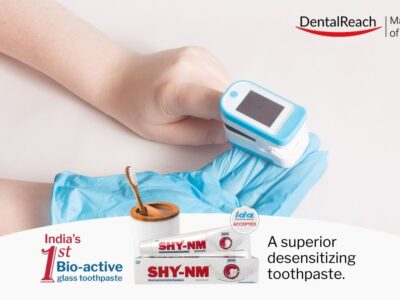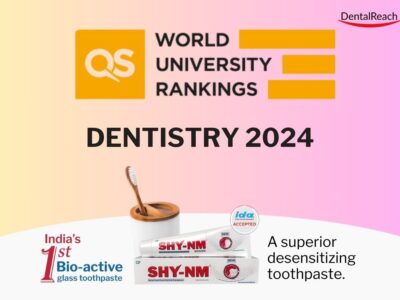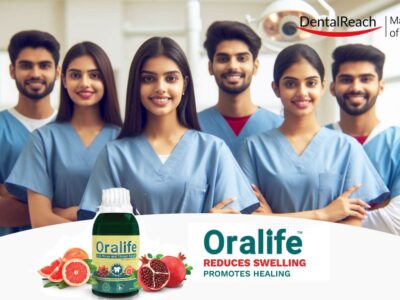Damascus, Syria: Clear aligners' efficiency and effectiveness have been extensively studied in mild and moderate malocclusion conditions. However, less emphasis has been paid to evaluating clear aligners in more complex malocclusion situations. A team from Damascus University's dental school conducted a study that will add to the small body of literature on the efficacy of in-office clear aligners against conventional fixed appliances in more complicated occlusion cases.

Clear aligners: Past and Present
Kesling pioneered transparent thermoplastic appliances to move teeth in the early 1940s. Clear aligners have seen tremendous growth since the late 1990s, with the introduction of computer-aided design (CAD)/computer-aided manufacturing (CAM) technology and the Invisalign system by Align Technology, Inc.
Recently, the availability of orthodontic treatment planning software in dental clinics, along with three-dimensional (3D) scanners and a wide range of validated 3D validated printers and printing materials, has encouraged clinicians to manufacture their patients' aligners in-house, i. e., without the need to communicate with CA providers.
Clear aligners have provided patients seeking orthodontic treatment with a highly cosmetic and comfortable alternative to traditional braces, and are thus increasing in popularity, particularly among young adults seeking to fix their smile without the use of braces. Over the last 20 years, clear aligner technology has evolved and is constantly being improved to provide the most predictable tooth movements possible.
Only two prior Randomized Controlled Trials have investigated the CA's effectiveness in the treatment of complicated patients, including premolar extraction, and both employed aligners provided by Invisalign.
Hence team at the Damascus University dental school decided to do the first trial to assess the effectiveness and efficacy of in-house clear aligners in treating severe crowding cases as one of the complex orthodontic cases requiring the extraction of the first premolars.
Methods and Results of the study:
The randomized control trial focused on cases of Class I skeletal and dental malocclusion with severe crowding requiring orthodontic treatment and extraction of the maxillary and mandibular first premolars.

The team created and implemented a treatment protocol called stepwise activated movements by multiple enhanced re-anchorage (SAMMER), which divided the movement into three stages:
- De-crowding,
- Space closure, and
- Refining.
At the end of treatment, no statistically significant differences were identified between the two groups, with all patients' occlusion improved and more than 88% of patients in both groups considerably improved.
Conclusion:
There were no significant differences between the CA and FA groups for any of the components of the PAR index after the end of treatment. The in-house clear aligners can effectively treat complex orthodontic cases, including premolar-extraction-based treatments if a suitable teeth movement protocol is used. There was no difference in the treatment duration with in-house clear aligners and fixed appliances.
Source: Cureus Journal of Medical Science.

















Comments